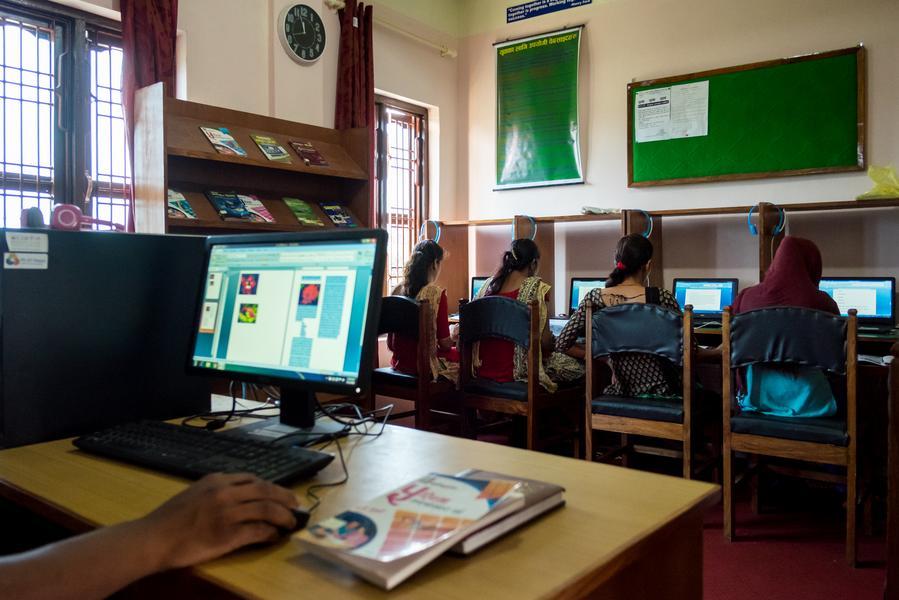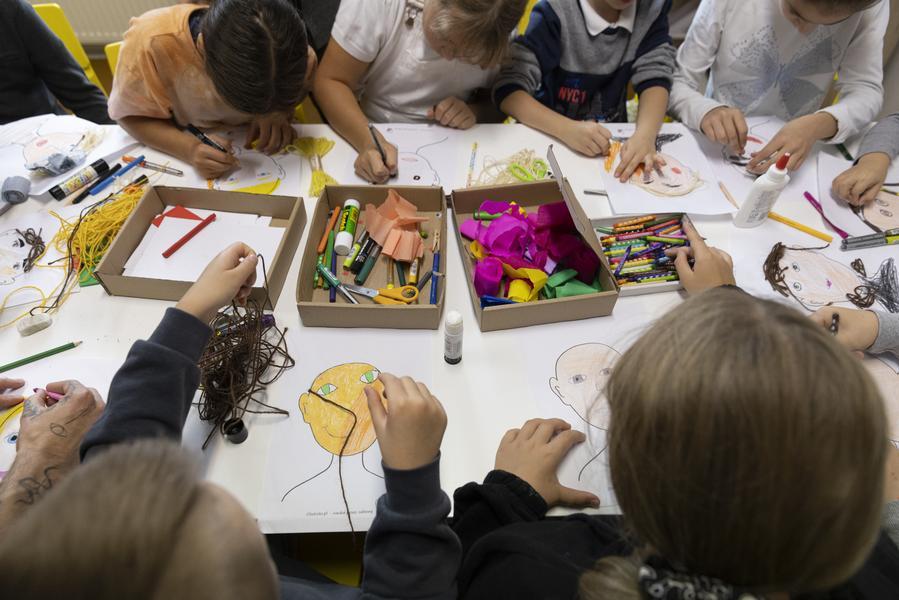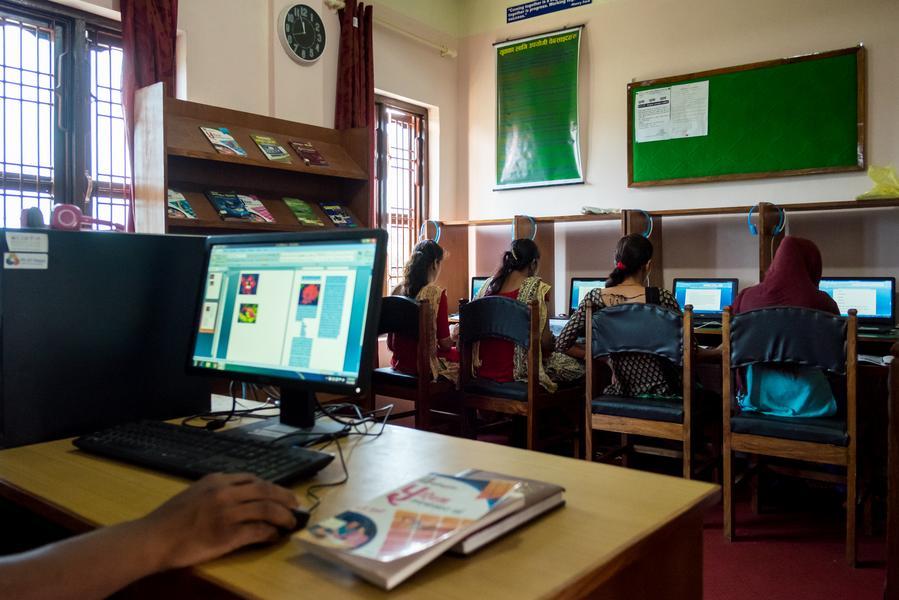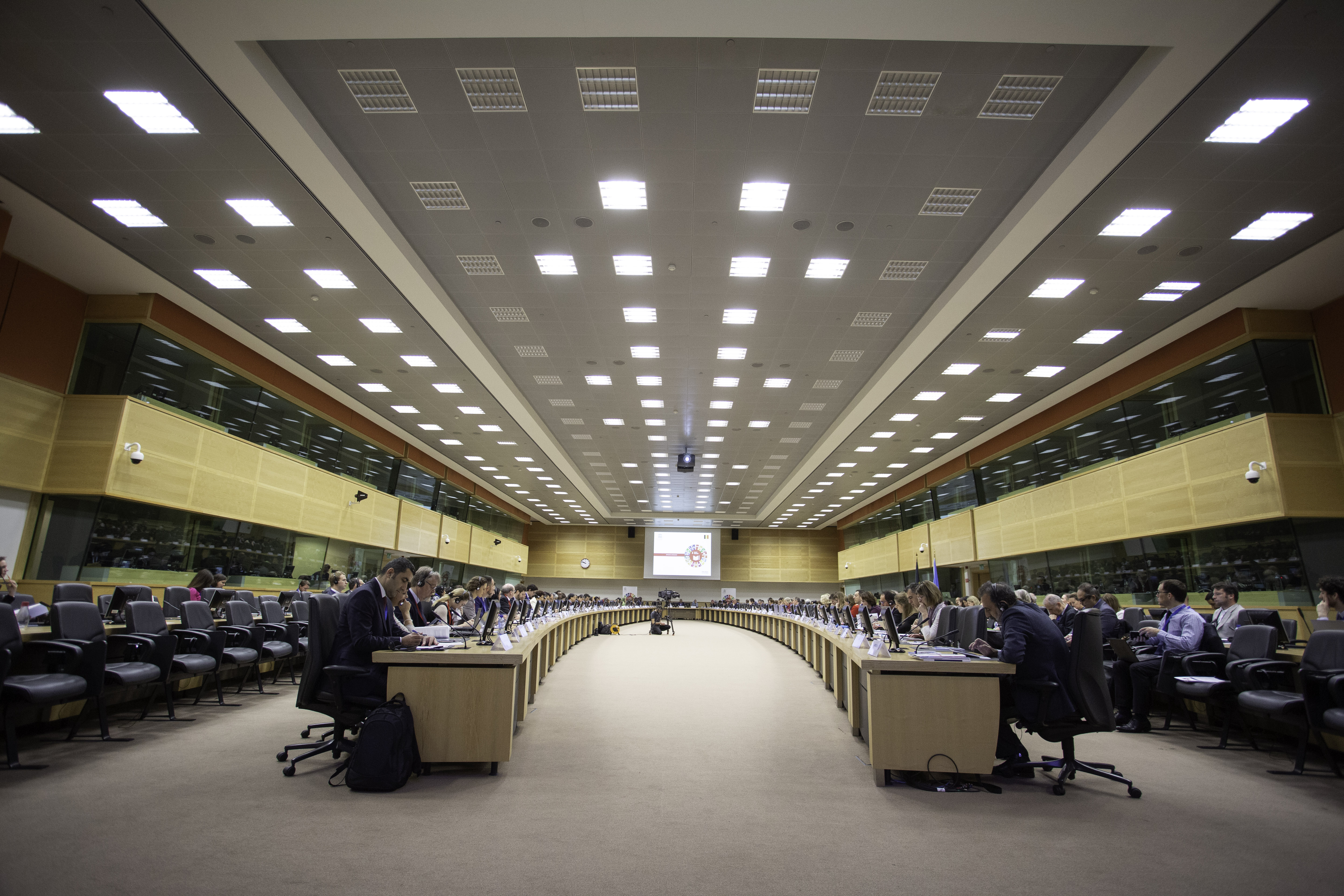
Policies
Swayam: E-Learning Platform in India
Context and Problem
India, a nation of over 1 billion people, is grappling with a significant challenge in education. The issue of access to quality learning, especially for disadvantaged communities, is a pressing concern. The scale of the problem is evident in the fact that students between Grade 5 and Grade 8 are struggling with basic reading and math tasks, indicating a substantial gap in learning outcomes. This disparity is further magnified at the university level, where students attending high-quality institutions are equipped with modern practices and tools, while those without such access face significant hurdles.
In response to these challenges, the government of India has introduced Swayam, an innovative e-learning platform. This platform, designed to bridge the gap in education, offers a wide range of high-quality courses from Class 9 to post-graduation.
Solution
Swayam provides high-quality education from Class 9 to post-graduation courses to anyone and everyone. The e-learning platform offers over 1350 courses covering various courses such as engineering, humanities, management, etc. The courses are provided by well-renowned professors and individuals in their fields. Each course offered has reading materials, video lectures, and an online platform to ask questions and gain clarification. Additionally, students can pay a fee to take the exams and get a certificate. The program also allows you to obtain university course credits and transfer them to your degree.
Impact
Over 1000 faculty members and teachers from around India are involved in creating the courses. Additionally, ten national coordinators ensure that the quality of content is top-notch. More than 46 million individuals have utilised the platform, with almost 1 million taking part in exams. The program is partnered with top institutions such as NPTEL, UGC, and CEC. Having said that it crucial to conduct an impact evaluation to understand how this solution created an impact for the key education stakeholders i.e the faculty members.
Analysis
The program showcases that traditional classrooms may not always be the best way to reach students in disadvantaged communities. Instead, creating e-learning platforms and bringing education to them is also an excellent way to make that happen. This program is repeatable across other countries. Countries can partner with local universities to build courses, and the Ministry of Education can formalise it so students can attain course credits. In the long term, this method is sustainable and has the potential to be scaled up.












